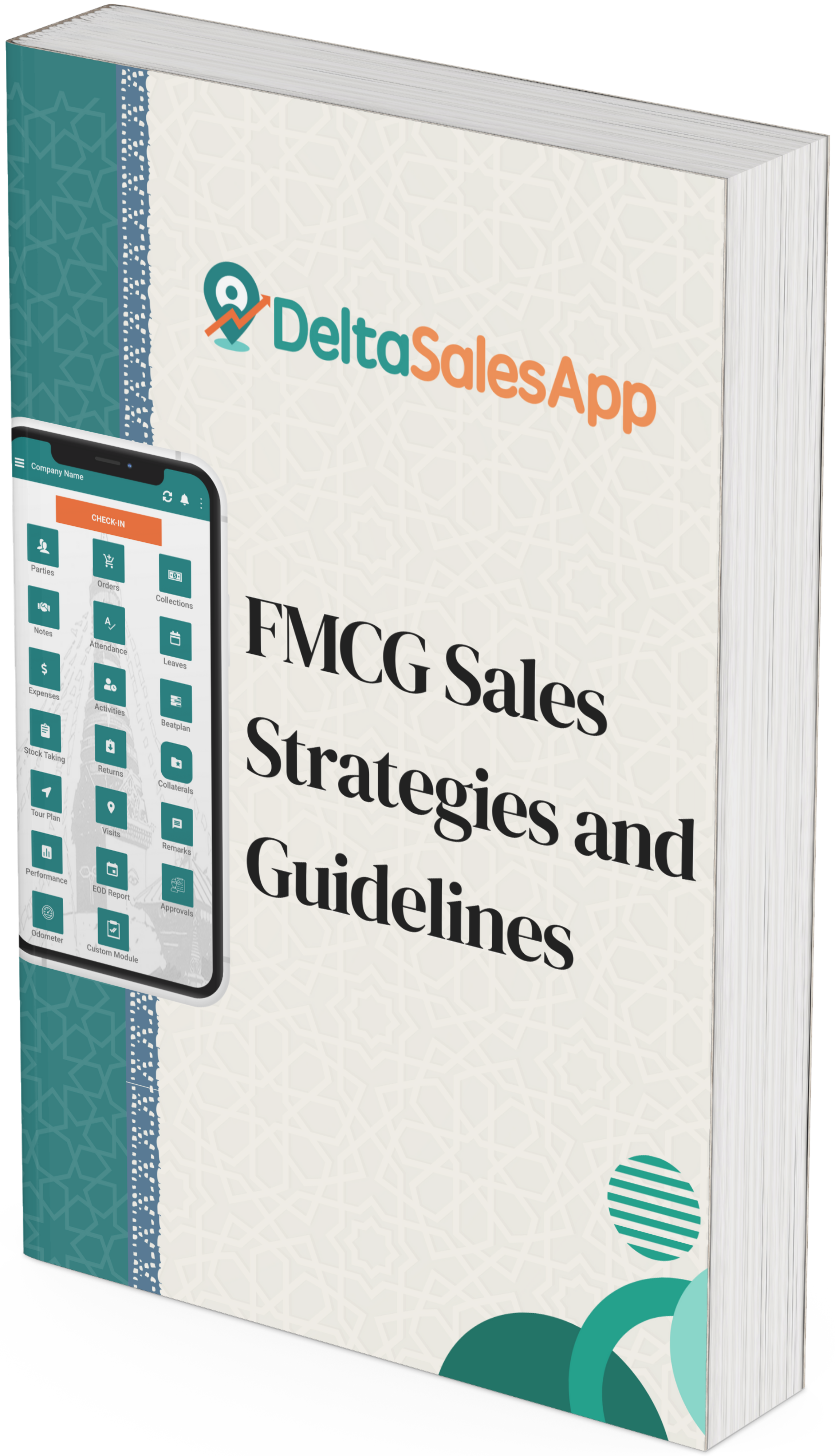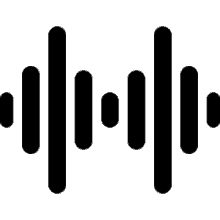Understanding Consumer Reach Point: A Key Metric For FMCG Brands
_A_Key_Metric_For_FMCG_Brands_1743674268.png)
Let’s dive into an important topic for all FMCG brands: Consumer Reach Point (CRP). Recently, Kantar, a leading global market research company, released a report that ranks FMCG brands based on their CRP scores. But what is CRP, and why should FMCG companies be paying attention to it?
In this blog, I’ll explain what CRP is, how it’s calculated, and how understanding CRP can help you improve your brand’s performance in the market.
What is Consumer Reach Point (CRP)?
In simple terms, Consumer Reach Point (CRP) is a metric that measures the frequency with which a brand is chosen by consumers. The more often a brand is chosen, the higher its CRP score. This score is a reflection of both the availability and visibility of a brand and how frequently it is purchased.
CRP is particularly valuable for FMCG (Fast-Moving Consumer Goods) brands because it gives them insights into their market penetration and consumer loyalty. Brands with higher CRP scores are typically more accessible, visible, and frequently chosen by consumers.
How is CRP calculated?
CRP is calculated using three key parameters:
Population: This refers to the total number of households in a country. It serves as the base population for determining the potential reach of a brand.
Penetration: This is the percentage of households that have purchased a specific brand. Penetration indicates how widely the brand is distributed across the market.
Consumer Choice: This parameter measures how often consumers choose to buy a brand over a specific period (typically a year). A higher frequency of purchase indicates that consumers are choosing that brand more often.
Formula for CRP:
The CRP score is calculated by multiplying the three parameters together:
CRP = Population × Penetration × Consumer Choice
This score is then normalized against the total population, which provides the final CRP score for a brand. The higher the CRP, the more frequently consumers are choosing that brand.
Why is CRP Crucial for FMCG Brands?
Understanding CRP is essential for FMCG brands because it offers valuable insights into how well a brand is performing in terms of visibility, accessibility, and consumer loyalty. Here are a few reasons why CRP should be a key focus for FMCG companies:
Brand Visibility: A high CRP score indicates that the brand is visible and easily accessible to consumers. Brands that appear more often in stores or online are more likely to be chosen by consumers, leading to higher sales.
Market Penetration: CRP helps companies evaluate how far their products have penetrated the market. A high CRP score means the brand is present in more households, which increases its chances of being chosen.
Consumer Loyalty: CRP also reflects consumer loyalty. Brands that are chosen more frequently are likely enjoying a loyal customer base. High frequency of purchase is a good indicator of customer satisfaction and brand loyalty.
Competitive Benchmarking: CRP allows brands to compare their performance with that of their competitors. This can help identify strengths and weaknesses and guide strategic decisions to improve market share.
Insights from Kantar's Latest CRP Report
Kantar’s recent CRP report has provided valuable insights into the performance of FMCG brands. Here are some key takeaways:
Top FMCG Brands: The report highlights the top-performing FMCG brands based on CRP scores. For example, Parle and Britannia lead the biscuit category, while Haldiram and Balaji are at the top of the snacks category. These brands have achieved strong CRP scores due to their widespread availability and consumer preference.
Smaller Pack Sizes: One trend identified in the report is the growing preference for smaller pack sizes. Consumers are opting for smaller, more affordable packs, especially during times of inflation. This has resulted in higher CRP scores for brands offering these smaller-sized products.
Frequent Trips to Stores: The report also notes that consumers are making more frequent trips to stores. This increases the likelihood of brand switching, as consumers have more opportunities to try different products. Brands need to ensure their availability and visibility to retain consumer preference.
Increased Snacking Habits: Another trend in the report is the increase in snacking. Consumers are snacking more often, which has driven up the CRP scores for brands in the snack category. Brands that are regularly purchased for snacking are benefiting from this shift in consumer behavior.
Key Strategies to Improve CRP Scores
Now that we understand the significance of CRP, let’s look at how brands can improve their CRP scores:
Increase Product Availability: The more accessible your product is, the higher your CRP score. Ensure that your products are available in a variety of retail outlets, both online and offline. A broad distribution network will help you reach a larger audience and improve market penetration.
Boost Brand Visibility: A brand’s visibility plays a crucial role in driving consumer choice. Invest in marketing strategies that increase your brand’s presence in stores and online. In-store displays, promotions, and digital advertising can all help boost visibility and encourage more frequent purchases.
Encourage Repeat Purchases: A high CRP score indicates that consumers are purchasing your brand repeatedly. Encourage repeat purchases through loyalty programs, discounts, and offers that make your products more attractive to consumers.
Adapt to Consumer Preferences: Pay attention to shifts in consumer behavior. For example, the growing preference for smaller pack sizes during inflationary periods is an opportunity for brands to adjust their packaging and pricing strategies. Brands that are agile and adapt to consumer needs are more likely to see increased CRP scores.
Monitor and Respond to Competitor Performance: Regularly monitor the CRP scores of your competitors. This will help you understand market trends and identify areas where your brand can improve. By analyzing the CRP data, you can adjust your marketing and distribution strategies to gain a competitive edge.
Conclusion: The Power of CRP in FMCG Marketing
In today’s competitive FMCG market, Consumer Reach Point (CRP) is a critical metric for understanding your brand’s performance. CRP reflects how often your product is chosen, how visible and accessible it is, and how loyal your consumers are. By focusing on increasing product availability, boosting brand visibility, and driving repeat purchases, you can improve your CRP score and enhance your brand’s market presence.
Ultimately, CRP is a powerful tool for FMCG brands looking to grow and succeed in a competitive marketplace. By using CRP data effectively, you can make informed decisions that help you achieve better market penetration, increase consumer loyalty, and stay ahead of the competition.









